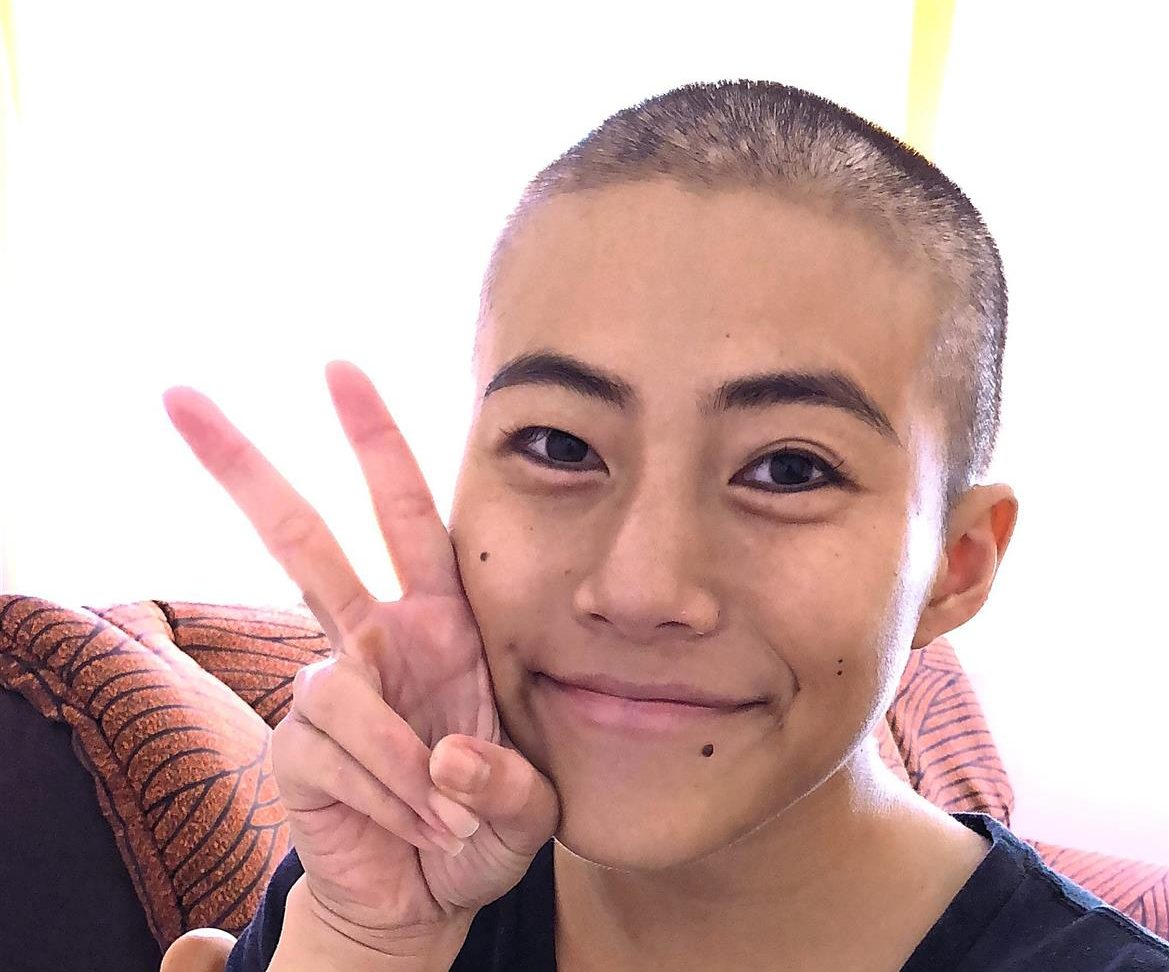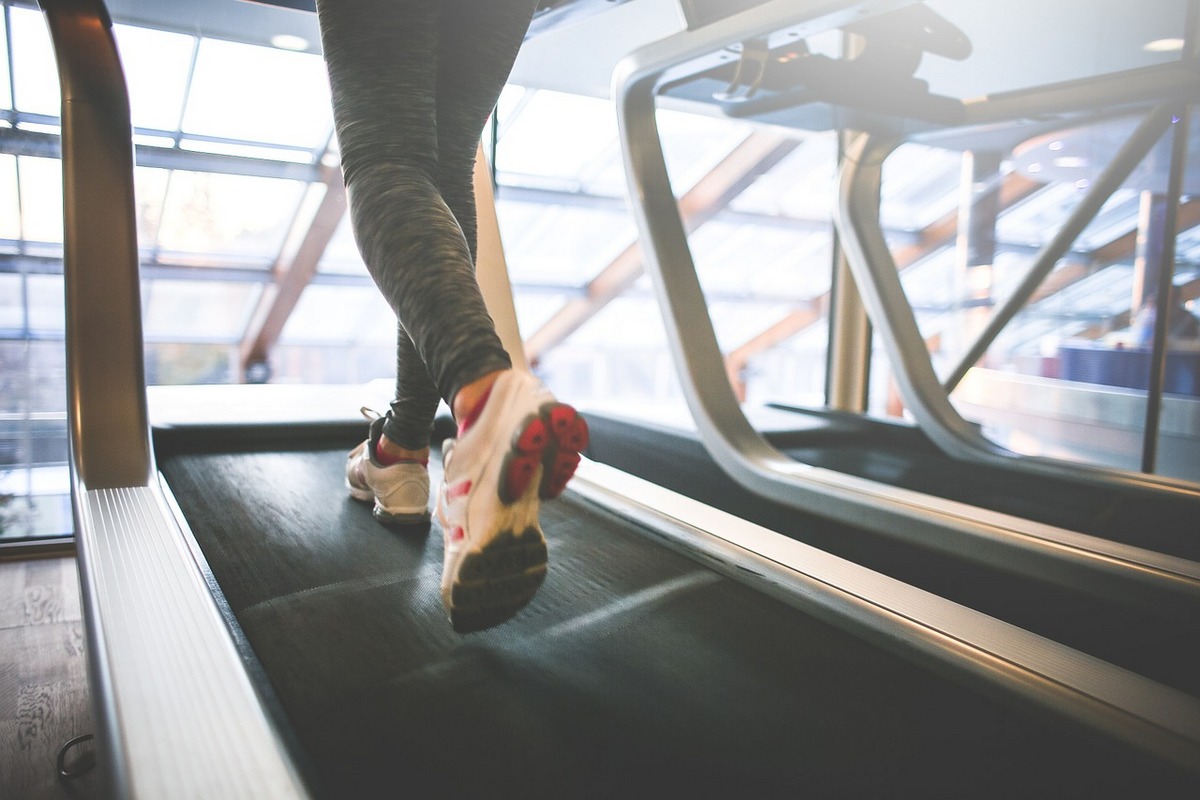Malaysian fitness instructor's life put on hold by leukaemia
Malaysian dance fitness instructor/influencer Emily Lola Tan, 33, lives by two buzzwords – health and fitness. So, it was ironic when this former aerial and pole instructor and fitness ambassador received the devastating news that she has Acute Myeloid Leukaemia (AML), a cancer of the blood and bone marrow.
“It was in early April when I was diagnosed in Alicante, Spain. The news came as a surprise as I don’t have a family history of blood-related diseases,” said Tan, via e-mail interview from Hong Kong, where she is currently seeking treatment.
Tan has been in the health and fitness industry for about 14 years now. Her last job in Hong Kong was as business development manager and educator for total body resistance and endurance exercises.
In her Facebook account, she says her previous jobs included being a performer with Viva Circus, video host, aerial and pole instructor (in Hong Kong), and operations manager at a fitness centre in Malaysia.

Born in Kuala Lumpur, she was 13 when she moved to the United States where she attended middle school. In 2004, she moved back from the US and, in 2013, she moved from Malaysia to Hong Kong. Early this year, she relocated from Hong Kong to Spain for work.
Her good friend and colleague Richard G took her to the hospital and stayed with her during hospitalisation. He was the first to know about her condition. Then, Tan’s company CEO, and another good friend and colleague Laura B were also told the news. Later, Tan broke the news to her family via a Whats-App chat group, and to close friends.
Some people, Tan shared, were not surprised, surmising that she had worked too hard, to breaking point.
But she did not expect her health to be in such a bad shape.
“I went to the hospital thinking I just needed antibiotics for a really horrible cold. I was, however, slightly alarmed when non-irritating red spots appeared all over my body,” she related. Her other symptoms were headaches, shivers, change in taste buds, loss of appetite, and a constant fever for five days straight.
A blood sample was taken and painkillers given, before she was transferred to another hospital. She was then still pretty much in the dark and a little confused, she said.
At the emergency department, more blood samples were taken, and she was given her first platelet transfusion.
An English-speaking doctor, Tan said, confirmed the diagnosis. Her condition was critical, and she underwent chemotherapy.
Tan looked up the Internet and found that AML is one of the most common types of leukaemia in adults and requires aggressive treatment.
Tan was advised on chemotherapy treatment and a bone marrow transplant.
Tan could have had a bone marrow transport if there had been a match in the Human Leukocyte Antigen (HLA) from her two siblings, Andrew, 30, and Adam, 27. Unfortunately, they were not full matches.
Tan explained that the best matches are siblings but, even then, they only have about a 30 per cent chance of matching. “Parents are highly unlikely matches since I would need an HLA make-up from both my parents,” she added. “The more donors we have, the more chances of a match. (Also), a key factor in HLA matching is ethnicity.”
Over the past few months, she has reached out to 15 doctors and hospitals in Germany, Spain, the United States, Singapore and Australia.
LEUKAEMIA

Photo: The Star/Asia News Network
The induction chemotherapy (first treatment, in Spain) left her weak. The side effects included nausea, diarrhoea and fever. Also, the intestinal pain was so bad that she was put on morphine for over a week. In her weakened state, she caught pneumonia.
Once she was cleared to fly, after recovering, she returned to Hong Kong where she is currently seeking treatment at Queen Mary Hospital.
She said the side effects of the first consolidation chemotherapy (which is given once remission is achieved) were not as bad as for the induction chemo. So far, Tan has undergone three rounds of consolidation.
“My recovery rate in terms of blood count has improved, compared to the last two consolidation chemos,” she added.
For the induction chemo, she stayed in hospital for 25 days while for each consolidation round, it was 17-18 days.
She added: “There is either one more round of consolidation chemo or a bone marrow transplant, which has a pre-transplant chemo as part of the procedure. I learned that it will take two other chemo drugs for the purpose of wiping out your bone marrow completely before the transplant. That’s going to be another week-long round of chemotherapy.” In the meantime, she hopes that a bone marrow donor will come through.
“Upon (a donor) registering, a simple cheek swab sample is taken, and no needles are required,” she said.
Tan’s treatments are being done in Hong Kong, where she has a close support network.
She said: “I’m generally fine getting about, as I only go out when I need to. I have very good people around me to keep me company and help me out.”
Other than conventional treatments, she has sought a cancer nutritionist, a naturopath nutritionist, an exercise physiologist and a clinical psychologist for well-being needs, she said.
“More tests were done in order for the nutritionists to accurately tailor prescriptions of supplementation. My bills for these out-of-pocket costs are about HK$50,000 (S$8814).
Generally, her diet has not changed much. She still consumes a lot of vegetables, as she was on a plant-based diet prior to the diagnosis. Fish has been re-introduced, along with meat occasionally.
When she first got back to Hong Kong, she ate whatever she could taste, including refined carbohydrates and sugar, since her taste buds had been affected by the chemotherapy.
Exercising under supervision, Tan added, plays a crucial role in her recovery, both psychological and physical.
Due to the illness, Tan has been on “very long leave” from her job in Spain.
“I am not classified as fit-to-work, considering how many hospitalisations are needed until these treatments and recovery from treatments are satisfied. Thus, I’ve been without income since April this year,” she said.
Tan has a group of friends who are supporting her in spirit and funds, and with crowdfunding on the Donor Box website.
WOULD YOU DONATE BONE MARROW TO SAVE A LIFE?
Dance fitness instructor Emily Lola Tan could easily have a bone marrow transport if there is a match in the Human Leukocyte Antigen (HLA) from her two siblings, Andrew, 30, and Adam, 27. However, it turned out not to be full matches.
HLA are proteins (or markers) found in most cells of the body. One’s immune system uses these markers to recognise which cells belong in the body and which do not.

Hence, she is looking for the right bone marrow donor to save her life.
Tan explained: “It is important to know that siblings only have about 30 per cent chance of matching, and the best case of matches are siblings. Parents are highly likely not matches since I would need an HLA make-up from both parents. This is why it is so important that there is an ample number of bone marrow donors out there.”
“The more donors we have, the more chances of a match. A key factor in HLA matching is ethnicity, so understanding your ancestry is important.”
She added that, in the United States, minorities have the lowest chances of finding matches. Globally, mixed raced people would have a harder time finding a match especially if they are an only child.
In Tan’s case, she is of Chinese ancestry, Her great-grandparents on her father’s side had migrated from China to Malaysia. However, she doesn’t know anything about her maternal great-grandparents so that part of her ancestors’ genes is unknown.
“A transplant has a much higher risk for the patient compared to the donor. Upon (a donor) registering, a simple cheek swab sample is taken, and no needles are required,” she said.
“There’s also the option of organising a stem cell drive with the help of the Malaysian Stem Cell Registry, which is what Viva Vertical recently did at the Kuala Lumpur studio.” (Tan was a founding partner of local dance fitness school Viva Vertical when she was 22.)
Published at Fri, 05 Oct 2018 02:15:23 +0000




